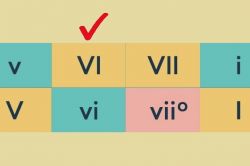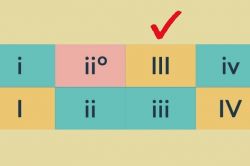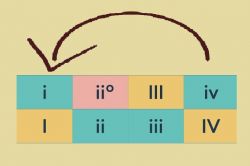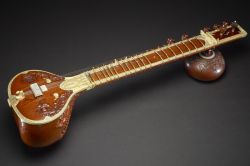Phrygian Mode
One of the three minor diatonic modes, the Phrygian mode is often referred to as modal due to its limited usage compared to the Aeolian minor mode.
The major reason for the infrequent appearance of Phrygian chord progressions in pop songs lies in the inferiority of the dominant harmonic function. Its main dominant triad, rooted in the fifth degree of the Phrygian scale, is a diminished chord, which deprives the Phrygian mode of the crucial authentic cadence.
The highlight of the Phrygian diatonic scale is the second degree separated from the tonic by a semitone. The supertonic major chord, rooted in the second degree of the Phrygian scale, is often referred to as the Neapolitan chord.
A detailed analysis of Phrygian mode and examples of its application in songwriting are explained in this article.
The selected articles cover popular songs composed using Phrygian mode as well as harmonic analysis of their chord progressions. The list also includes articles on musical theory related to the Phrygian minor scale.















